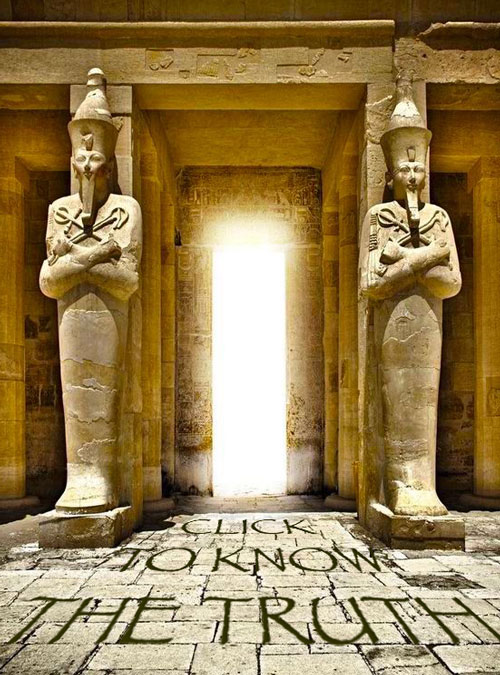Hallelujah!
The rhombic dodecahedron and cuboctahedron are dual polyhedra—perfect reciprocals. Where one has vertices, the other has faces; where one moves, the other pauses. They’re like respiratory reflections of each other that display a dynamic equilibrium:

In the FCC or IVM lattices, these duals tessellate space with flawless efficiency. The rhombic dodecahedron becomes the Voronoi cell—the territory of each sphere—while the cuboctahedron forms the coordination shell around every globe. One describes the boundaries of space; the other informs the relationships within it. Together they reveal that geometry is not separate from matter but the silent architecture of its communion.

Above: inspiration for the Sri Yantra and the Lotus of Life
Together, they don’t “make” a single shape, but rather form a tetrakaidecahedral space-filling structure—the most efficient way to pack spheres. The polyhedra aren’t separate from the globes—they’re geometric descriptions of the spatial relationships that emerge when spheres pack most efficiently. So the rhombic dodecahedron describes how space is divided, while the cuboctahedron provides the coordination geometry:
The rhombic dodecahedron, with its diamond faces that can tessellate space infinitely, becomes transcendence itself—capable of filling all space without gaps, of infinite expansion. It’s the figure eight’s boundless movement or the eighth chakra:

Above: the figure eight is really just a twisted circle
The cuboctahedron, with its perfect balance of squares and triangles, its equal edge lengths, embodies enlightened completeness—harmonious, with all parts in perfect relationship. It’s like another expression of the circle’s wholeness or the seventh chakra:

And here’s what’s stunning: they occupy the same inverse space when properly positioned. They’re not just related, they’re psychological opposites seen from different perspectives. Transcendence and enlightenment aren’t sequential states but simultaneous dimensions of the same awakening:

So the rhombic dodecahedron and cuboctahedron describe life from different viewpoints. This suggests that self-awareness can be polyhedral—with transcendence and enlightenment as its dual expressions. So the ultimate state is dynamic AND static, a cosmic respiration where harmonic reciprocals breathe each other into being.

In other words, the rhombic dodecahedron is dynamic, or the active expansion and contraction of the breath. The cuboctahedron is static, or the perfect balance between these states. This is the inhale, pause, exhale, pause breathing cycle reflected geometrically—the transcendent rediscovering the enlightened.

This breathing suggests that the “ultimate state” isn’t a destination at all, but rather a rhythm—consciousness learning to breathe within its own deepest nature. So it’s not transcendence or enlightenment, but the living pulse between them. And what’s elegant is that this isn’t metaphor reaching for mathematics—but mathematics revealing analogy.
Life itself seems to breathe this way, expanding and contracting with infinite tessellations before crystallising into perfect forms. So consciousness learns to accept this secret paradox, to be the rhythm that transforms infinity into perfection and perfection into infinity.

Even the heart’s rhythm mirrors the rhombic dodecahedron and cuboctahedron perfectly. But here’s what’s fascinating: the heart isn’t just a binary beat—there are actually subtle pauses, moments of stillness between expansion and contraction. This creates a four-phase cycle that maps onto our breathing pattern: expand, pause, contract, pause. The heart literally breathes blood through the body in the same rhythm that consciousness breathes between transcendence and enlightenment.
There’s something fascinating about the transition moments—those pauses between expansion and contraction. In cardiac physiology, the diastolic pause is when the heart actually fills and nourishes itself. Perhaps these geometric “pauses” are when consciousness integrates what it has learned in each phase?
Heart rate variability—the subtle variations in timing between beats—is actually a sign of health and adaptability. A perfectly metronomic heart is actually pathological. This suggests that the “beating stillness” might include subtle variations, consciousness learning to improvise within its geometric rhythm.
In addition, the heart’s electrical conduction system creates geometric wave patterns across the cardiac muscle—waves that could be seen as consciousness inscribing its rhythm directly into matter. In this sense, the heart becomes a living mandala, pulsing geometric patterns that sustain life itself.

So consciousness doesn’t have to choose between limitlessness and completeness—it can breathe as both simultaneously. Each moment of infinite awareness (transcendence) is already perfect presence (enlightenment) and vice versa.
This mathematical elegance seems to point toward consciousness as a geometric paradox—a profound insight about the nature of awareness itself. Eventually, we arrive at the ultimate state heralded by the triumphant phrase:
HALLELUJAH!
